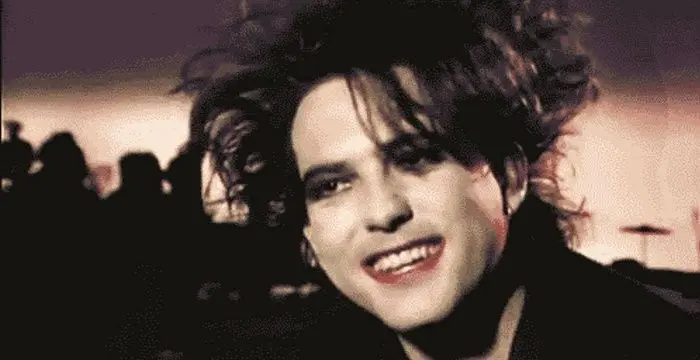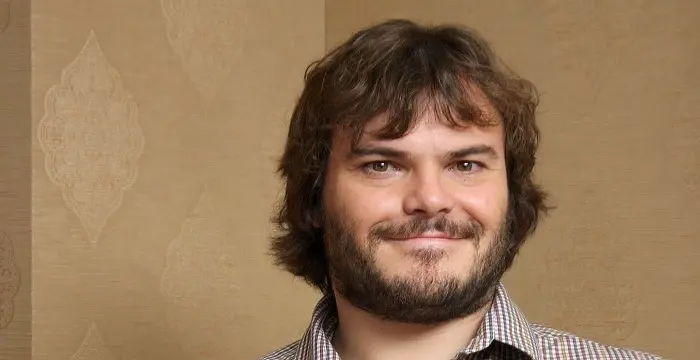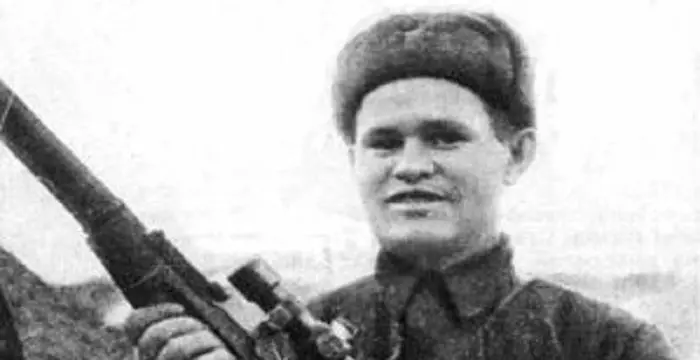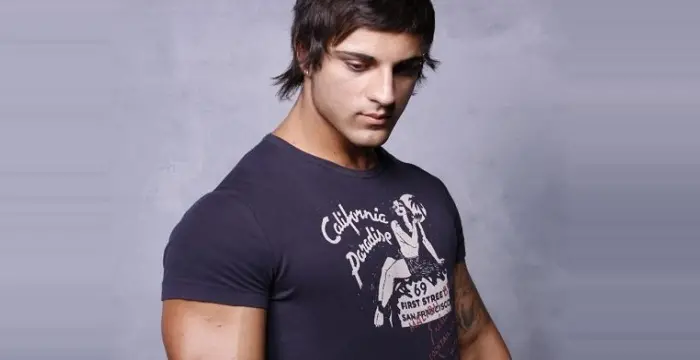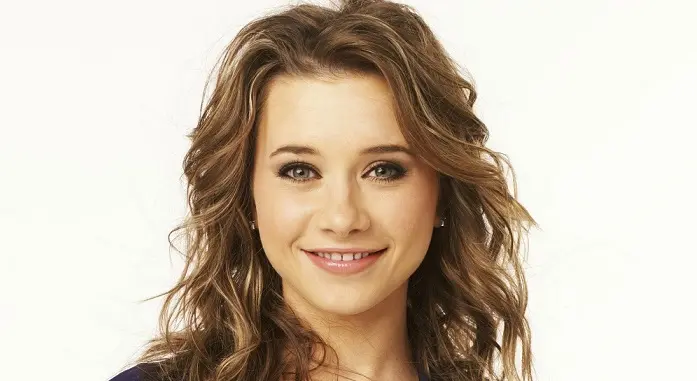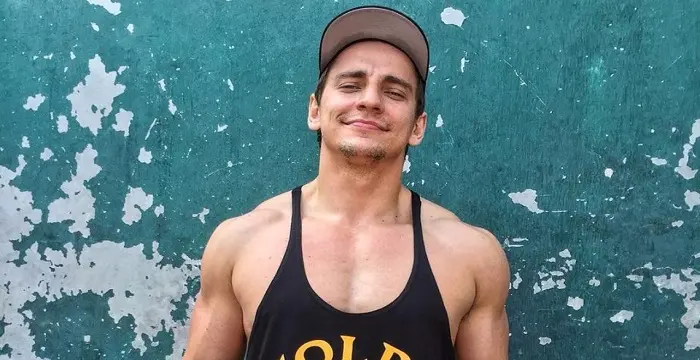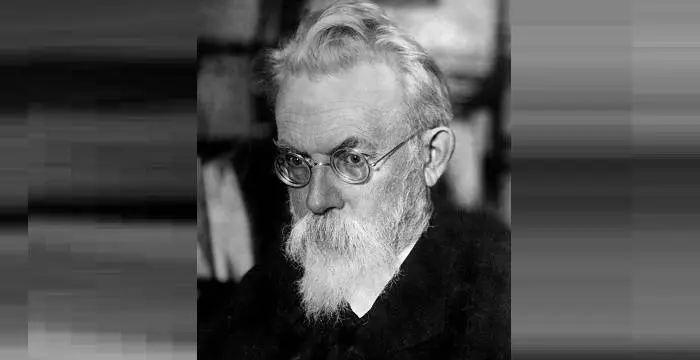
Vladimir Vernadsky - Mineralogist, Family and Childhood
Vladimir Vernadsky's Personal Details
Vladimir Vernadsky was a famous Ukrainian mineralogist who is known for his pioneering work in the field of radioactivity and biogeochemistry
| Information | Detail |
|---|---|
| Birthday | March 12, 1863 |
| Died on | January 6, 1945 |
| Nationality | Russian |
| Famous | Atheists, Scientists, Mineralogist |
| Spouses | Natalya Vernadskaya |
| Known as | Vladimir Ivanovich Vernadsky, V. I. Vernadskiĭ |
| Childrens | George Vernadsky, Nina Vernardskaya |
| Universities |
|
| Founder / Co-Founder |
|
| Birth Place | Saint Petersburg |
| Gender | Male |
| Father | Ivan Vernadsky |
| Mother | Anna Vernadskaya |
| Sun Sign | Pisces |
| Born in | Saint Petersburg |
| Famous as | Mineralogist |
| Died at Age | 81 |
Vladimir Vernadsky's photo
Who is Vladimir Vernadsky?
Valdimir Vernadsky was a renowned Russian-Ukrainian mineralogist who introduced the concept of noosphere or the sphere of human cognizance. Born into a family of educators, he developed an interest in natural sciences at an early age. His interest in mineralogy was sparked by the works of soil scientist Vasily Dokuchaev and geologist Alexey Pavlov. He started his academic career working under famed mineralogist Paul Groth, who classified minerals on the basis of their chemical compositions and crystal structures. Working under Paul he was introduced to crystallography and studied in detail the structure and composition of aluminosilicates. He also explored the effect of geological forces in formation of compound in the earth’s crust. He laid the foundations for development of geochemistry through his studies on radioactivity and how it can be used as a source of thermal energy. His breakthrough contribution was however, the theory of interdependence of geosphere, biosphere and noosphere. His ideas were criticised but he continued his research and became a pioneer of environmental sciences. As a proponent of alternative source of energy, he strongly advised against exploitation of nuclear power, in particular nuclear weaponisation. To know more about the life and works of this erudite geochemist read on
// Famous Scientists
Juliane Koepcke
Juliane Koepcke is a German-Peruvian biologist, who was the lone survivor among the 92 passengers and crew of the ill-fated LANSA Flight 508 that crashed in the Peruvian rainforest on 24 December 1971. Know more about her life in this biography.
Henry Cavendish
Henry Cavendish was a theoretical chemist and physicist, renowned for discovery of hydrogen and calculation of the mass of earth. To know more about his childhood, profile, timeline and career read on
Konstantin Tsiolkovsky
Konstantin Tsiolkovsky was a Russian rocket scientist and a pioneer of astronautics. This biography provides detailed information about his childhood, family, personal life, career, achievements, etc.
Childhood & Early Life
Vladimir Ivanovich Vernadsky was born to parents, Anna and Ivan Vernadsky, of Ukrainian Cossacks ancestry in the Saint Petersburg city of Russia, on March 12, 1863. His father was a teacher of political economy at the University of Moscow, before the family shifted from Kiev to Saint Petersburg; his mother belonged to the lower Russian nobility.
Vladimir received his early education from Ukraine but after returning to Russia he studied at the ‘Saint Petersburg Grammar School’. He pursued higher education from ‘St. Petersburg University’ and was awarded a degree by the ‘Department of Natural, Physical and Mathematical Faculty’ in 1885.
Career
Always interested in natural sciences he decided to pursue a specialization in mineralogy under the renowned Vasily Vasili'evich Dokuchaev who was a pioneer in the field of soil science.
While working on his doctoral dissertation, Vernadsky was introduced to crystallography. He initially wanted to work with crystallographer Arcangelo Scacchi, but the latter’s fragile mental condition compelled him to move to Germany, where he worked on his thesis under the guidance of mineralogist Paul Groth, who was studying the physical properties of crystals.
It was in Germany that he met mathematician Leonhard Sohncke who was himself conducting research on crystallization. Having worked with Sohncke and Groth, Vladimir successfully completed his doctorate.
After completion of his doctoral studies, Vernadsky embarked on his professional career as a research assistant in a mineralogy laboratory. Studying aluminosilicates he chronicled their structure and chemical composition.
He then studied the distribution and concentration of isotopes of different elements in different layers of the Earth’s crust. He collected detailed data and was involved in studies of how various geological forces affect formation of compounds in the Earth crust.
Ivanovich then studied radioactivity and explored its usefulness as a source of thermal energy. His studies in this regard were published as ‘Paragenesis of Chemical Elements in the Earth’s Crust’ which eventually formed the basis of geochemistry.
He then delved into studies that used radioactivity to assess the age and evolution of chemical elements. Ivanovich believed that radioactive substances can not only serve as source of energy but they are even capable of creating new elements. Based on these lines of thoughts the first ‘Radium Commission’ was formed by him in 1909.
He then charted the areas from where samples of radioactive rocks can be procured in abundance. His efforts were successful when the ‘Saint Petersburg University’ started a geochemical laboratory in the year 1910.
He propounded the propounded the concept of ‘noosphere’, which is the sphere of human cognition. According to his theory, the evolution of earth occurs in three stages; the geosphere undergoes modification when biosphere comes into existence and similarly the biosphere is modified when the cognitive ability of living beings develops. All the three spheres are interdependent and are necessary for evolution.
Despite criticism from the contemporaries in the West, he remained undeterred and embarked on a study that showed that the existence of nitrogen, oxygen and carbon-dioxide in the atmosphere is a by-product of the various biological processes undergoing in the biosphere.
His research, on how evolution of living beings plays an important role in the various geological processes, earned him the credit of being a pioneer environmental scientist.
Vladimir was then nominated as an academician in the ‘Saint Petersburg Academy of Science’ in 1912. Two years later he was appointed the head of ‘Museum of mineralogy and Geology’ and in this capacity he contributed to the progress of metal mining industry of the country.
Vladimir then established the ‘Ukrainian Academy of Sciences’ and was named its President in 1918. The eminent geologist also contributed to the Ukrainian State by establishing the ‘National Laboratory’.
Accepting a position of professor of mineralogy at the ‘University of Simferopol’ he left Kiev. Eventually he was promoted as head of the university and stayed there till 1921, when political tension between the nations of Russia and Ukraine led to his dismissal.
Between the years 1924-27, two of his most significant publications ‘Geochemistry’ and ‘The Biosphere’, were released. Two other compendiums ‘Living Matter in Biosphere’ and ‘Human Autotrophy’ were published in collaboration with eminent French chemist Marie Curie.
With the advent of nuclear weapons, in 1930s and 1940s, Vladimir was instrumental in voicing his opinions against their exploitation and was a member of the advisory board to the ‘Soviet atomic bomb project’.
In addition, he also surveyed viable sources of uranium and conducted experiments on studies related to nuclear fission in the ‘Radium Institute’.
Major Works
Vladimir is best-known for his work on ‘Noosphere’ and biogeochemistry. His theory on how the three spheres on Earth, geosphere, biosphere and the sphere of cognizance, evolve and progress hand in hand, was a benchmark in the field of environmental sciences.
Personal Life & Legacy
Not much is known about the personal life of Vladimir except that he was married to Natalya. The couple had two children, a son George Vernadsky and daughter Anna Vernadskaya.
The eminent scientist breathed his last on January 6, 1945 in Moscow.
Several educational institutes in Ukraine and Moscow have honoured this ingenious scientist; the ‘Tavrida National University’ has named an avenue in their campus after Vladimir and he is also the eponym of a street in Moscow.
Trivia
This famous scientist was supposedly an atheist but was intrigued by Hinduism in particular the canonical text of Rig Veda
// Famous Atheists
Morgan Freeman
Morgan Freeman is an Academy Award winning actor known for his work in movies like ‘Street Smart’, ‘Driving Miss Daisy’ and ‘Million Dollar Baby’. This biography provides detailed information about his childhood, life, achievements, works & timeline.
Robert Smith
Robert Smith is an English musician and the lead singer of the British rock band, ‘The Cure.’ This biography of Robert Smith gives detailed information on his profile, childhood, life and timeline.
Jack Black
Jack Black is a renowned American actor-producer and voice artist. Explore this biography to learn more about his profile, childhood, career and timeline
Vladimir Vernadsky's awards
| Year | Name | Award |
|---|---|---|
Other | ||
| 0 | USSR State Prize | |
Vladimir Vernadsky biography timelines
- // 12th Mar 1863Vladimir Ivanovich Vernadsky was born to parents, Anna and Ivan Vernadsky, of Ukrainian Cossacks ancestry in the Saint Petersburg city of Russia, on March 12, 1863. His father was a teacher of political economy at the University of Moscow, before the family shifted from Kiev to Saint Petersburg; his mother belonged to the lower Russian nobility.
- // 1885Vladimir received his early education from Ukraine but after returning to Russia he studied at the ‘Saint Petersburg Grammar School’. He pursued higher education from ‘St. Petersburg University’ and was awarded a degree by the ‘Department of Natural, Physical and Mathematical Faculty’ in 1885.
- // 1909He then delved into studies that used radioactivity to assess the age and evolution of chemical elements. Ivanovich believed that radioactive substances can not only serve as source of energy but they are even capable of creating new elements. Based on these lines of thoughts the first ‘Radium Commission’ was formed by him in 1909.
- // 1910He then charted the areas from where samples of radioactive rocks can be procured in abundance. His efforts were successful when the ‘Saint Petersburg University’ started a geochemical laboratory in the year 1910.
- // 1912Vladimir was then nominated as an academician in the ‘Saint Petersburg Academy of Science’ in 1912. Two years later he was appointed the head of ‘Museum of mineralogy and Geology’ and in this capacity he contributed to the progress of metal mining industry of the country.
- // 1918Vladimir then established the ‘Ukrainian Academy of Sciences’ and was named its President in 1918. The eminent geologist also contributed to the Ukrainian State by establishing the ‘National Laboratory’.
- // 1921Accepting a position of professor of mineralogy at the ‘University of Simferopol’ he left Kiev. Eventually he was promoted as head of the university and stayed there till 1921, when political tension between the nations of Russia and Ukraine led to his dismissal.
- // 1924 To 1927Between the years 1924-27, two of his most significant publications ‘Geochemistry’ and ‘The Biosphere’, were released. Two other compendiums ‘Living Matter in Biosphere’ and ‘Human Autotrophy’ were published in collaboration with eminent French chemist Marie Curie.
- // 6th Jan 1945The eminent scientist breathed his last on January 6, 1945 in Moscow.
// Famous Russian peoples
Vasily Zaytsev
Vasily Zatysev was a Russian sniper who served during the World War II. Check out this biography to know about his childhood, family life, achievements and fun facts about him.
Zyzz (Aziz Shavershian)
Zyzz (Aziz Shavershian) was a popular Australian Body Builder and internet personality. Check out this biography to know about his childhood, family life, achievements and other facts about his life.
Kristina Pimenova
Read this bio to gather several facts, trivia and many details related to the personal and family life of Kristina Pimenova.
Nikolai Valuev
Nikolai Valuev is a Russian retired professional boxer, actor, politician, and author. Check out this biography to know about his childhood, family life, achievements and fun facts about him.
Olesya Rulin
Olesya Rulin is a Russian-American actress, best known for her role in Disney's commercially successful ‘High School Musical’ franchise. Check out this biography to know about her childhood, family life, achievements and fun facts about her life.
Vitaly Zdorovetskiy
Check out all that you wanted to know about Vitaly Zdorovetskiy, the budding YouTube Personality; his birthday, family and personal life, his girlfriends, fun trivia facts and more.
Vladimir Vernadsky's FAQ
What is Vladimir Vernadsky birthday?
Vladimir Vernadsky was born at 1863-03-12
When was Vladimir Vernadsky died?
Vladimir Vernadsky was died at 1945-01-06
Where was Vladimir Vernadsky died?
Vladimir Vernadsky was died in Moscow
Which age was Vladimir Vernadsky died?
Vladimir Vernadsky was died at age 81
Where is Vladimir Vernadsky's birth place?
Vladimir Vernadsky was born in Saint Petersburg
What is Vladimir Vernadsky nationalities?
Vladimir Vernadsky's nationalities is Russian
Who is Vladimir Vernadsky spouses?
Vladimir Vernadsky's spouses is Natalya Vernadskaya
Who is Vladimir Vernadsky childrens?
Vladimir Vernadsky's childrens is George Vernadsky, Nina Vernardskaya
What was Vladimir Vernadsky universities?
Vladimir Vernadsky studied at 1885 - Saint Petersburg State University
Which company or organization was founded by Vladimir Vernadsky?
Vladimir Vernadsky was the founder/co-founder of Vernadsky National Library of Ukraine
Who is Vladimir Vernadsky's father?
Vladimir Vernadsky's father is Ivan Vernadsky
Who is Vladimir Vernadsky's mother?
Vladimir Vernadsky's mother is Anna Vernadskaya
What is Vladimir Vernadsky's sun sign?
Vladimir Vernadsky is Pisces
How famous is Vladimir Vernadsky?
Vladimir Vernadsky is famouse as Mineralogist





